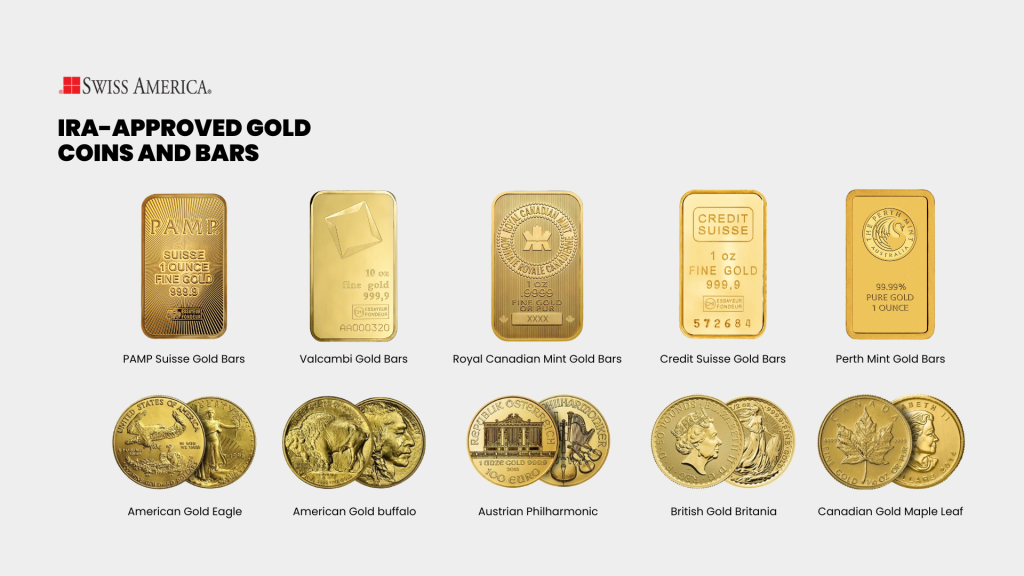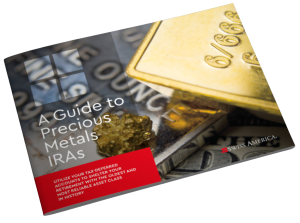
As of this writing, gold is now over $4,100 an ounce. That’s more than a 50% increase in the price of gold over the past year. Investors buy this yellow metal because its scarcity creates tangible value, but exactly how much gold is there in the world?
This article covers the number of metric tons of gold on Earth, where it is, and why its scarcity makes it valuable for investors.
History of gold
Gold’s history goes back more than 6,000 years. The first gold coins appeared around 550 BC, and by the time Columbus crossed the Atlantic in 1492, we’d already mined twelve thousand tonnes. People across every civilization have seen gold as tangible wealth that holds value no matter what the world looks like.
Over time, new mining technology changed how we found and refined gold. Today, most of the world’s gold production comes from China, the United States, and Australia. The World Gold Council says that about two-thirds of all the gold mined has come out of the ground since 1950. That’s how quickly technology changed the pace of production.
China is actually the largest gold producer, bringing more gold to market than any other country.
Estimating the Earth’s gold
Estimating global gold reserves isn’t easy. That’s because it’s scattered everywhere in jewelry, coins, electronics, and deep underground. The best estimate is that Earth holds around 257,000 metric tons in total. Some of this has already been mined throughout history.
The concentration of gold in Earth’s crust is about 4 parts per billion, or 0.004 grams per metric ton. Privately held bars and coins constitute about 22% of the total gold supply, further complicating accurate estimations.
Current estimates put known reserves at around 59,000 metric tons. And the U.S. Geological Survey believes roughly 70,000 tons are still economically viable to mine. Those numbers keep changing as we find new deposits and older ones become too costly to extract. It is estimated that there are 57,000 metric tons of gold that have not yet been mined.
Some gold sits deep in rock as an ore deposit that’s too expensive to mine. Some exists in tiny traces spread across large areas like the ocean’s floor. That’s what makes estimating the world’s true gold reserves more art than science. The world’s oceans contain an estimated 15,000 tons of gold in trace amounts, though extracting it remains a significant technological challenge. It’s also why gold’s rarity continues to drive its value.
How much gold has been mined?
Experts estimate that about 212,000 metric tons of that gold has been mined. If you could gather it all in one place, it would form a cube about 21 meters tall on each side. That’s only about the size of a city block. However, some estimates suggest that all the gold ever mined would fit into a slightly larger cube, about 23 meters on each side, highlighting its physical scarcity.
Gold is virtually indestructible, so nearly all of this gold mined still exists in some form of jewelry, coins, bars, or industrial uses. Gold usage spans across jewelry, technology, electronics, and central bank reserves, making it a versatile and valuable resource.
5 countries with the largest gold deposits to mine
Here is where most of the physical gold deposits are in the Earth’s crust and core:
- China: China produces about 12% of all newly mined gold. Most of it comes from the Shandong and Henan provinces.
- Australia: Around 10% of global output comes from Western Australia’s goldfields.
- Russia: Close to 9% of pure gold comes from Siberia and Far East Russia, where production continues year-round despite harsh conditions.
- United States: The United States produces about 6% of global output, and most of it comes from Nevada.
- South Africa: South Africa produces around 4% of its historic mines near Johannesburg.
Here’s a quick summary by country:
| Country | Global output | Major mining areas |
| China | 12% | Shandong, Henan |
| Australia | 10% | Western Australia goldfields |
| Russia | 9% | Siberia, Far East Russia |
| United States | 6% | Nevada |
| South Africa | 4% | Johannesburg region |
Interestingly enough, the largest store of gold isn’t sitting in central banks or vaults. It’s in jewelry. Nearly half of all the gold mined gets worn, gifted, or passed down through families around the world.
Countries with the largest gold reserves
Gold reserves give national banks a financial backstop. They help stabilize currencies and support confidence among depositors and investors. Nations hold large quantities of gold as reserves, representing about 17% of the total supply.
Ever since COVID-19, central banks keep adding to their reserves. If you want to keep watch on what’s happening with gold reserves, you can always see the latest updates on the World Gold Council’s site.
As of right now, the metric tonnes of gold reserves for the largest gold reserves by country include:
- United States: 8,133.5
- Germany: 3,351.5
- Italy: 2,451.8
- France: 2,437.0
- Russia: 2,332.7
- China: 2,279.6
What happens when gold mines run out of gold?
There’s only so much gold, and at some point, we’ll run out of it. Right now, based on the current underground reserves, estimates suggest we can keep mining gold for at least a decade or more. This could be even longer if we find new deposits that can be economically extracted.
If we can’t find new gold reserves or mining costs become too high, an option is to increase gold recycling. Basically, taking from existing gold holdings in jewelry or electronic waste to bring more gold into circulation.
Why buy gold and other precious metals?
Once you understand that there’s only so much gold in the world, and that it’s getting harder and more expensive to extract, it’s easy to see why it holds lasting value. Gold and other precious metals’ scarcity make them tangible assets to protect against economic factors you have zero control over. They’re limited resources that can’t be printed or created out of thin air.
This is why precious metals help protect wealth from inflation or when there is a recession. Investors buy gold coins, bars, or other metals to own something completely independent of other assets like the stock market, real estate, or bitcoin.
What’s the right amount of gold and silver for you?
The right amount of gold and silver depends on your goals and comfort with risk. Most experts recommend keeping about 5–10% of your portfolio in precious metals.
A simple balance between gold and silver is to allocate two-thirds gold and one-third silver. This gives you gold for steady value and silver for growth potential. The key is to hold enough to diversify and protect your wealth, but not so much that it limits growth from income-paying assets.
What gold should you buy?
The best place to start is with gold coins like the American Gold Eagle, Canadian Maple Leaf, or Austrian Philharmonic, or bars from refiners like PAMP Suisse or Valcambi. Here are a few gold bullion options that are also IRA-eligible:

After gold, consider adding silver, which has both investment and industrial value. You can also include other precious metals like platinum or palladium.
Is now a good time to buy gold and other precious metals?
It’s still a good time to buy gold and other precious metals. Ongoing inflation, economic uncertainty, and high government debt continue to drive investors towards these tangible assets.
Waiting for the “perfect time” usually doesn’t work since short-term price swings are unpredictable. It’s better to buy gradually and hold for the long term. Gold and other precious metals remain a smart way to protect your savings and balance your overall portfolio.
Final thoughts on the total amount of gold in the world
Because of its scarcity, gold bullion remains one of the most reliable stores of value. It’s the metal investors’ turn to balance out risk, protect purchasing power, and anchor their portfolios when markets become uncertain.
To learn more about gold investing and how to get started, connect with the Swiss America team today!
How much gold is there in the world: FAQs
Which country has the most gold in the world?
The United States holds the most gold in the world, with over 8,100 metric tons in its reserves. It’s followed by Germany, Italy, and France. The United States holds the largest central bank gold reserves, at roughly 8,000 tonnes, solidifying its position as a global leader in gold holdings.
When could we run out of gold?
Experts estimate that known gold reserves could be mined out within 40 to 50 years at current production rates. This could change if discoveries or improved mining technology make it easier to extract gold from challenging locations.
Does the US really have 8000 tons of gold?
Yes, the United States reports holding about 8,133 metric tons of gold. Most is at Fort Knox, and the rest is at Denver, West Point, and the Federal Reserve Bank of New York.
The information in this post is for informational purposes only and should not be considered tax or legal advice. Please consult with your own tax professionals before making any decisions or taking action based on this information.
